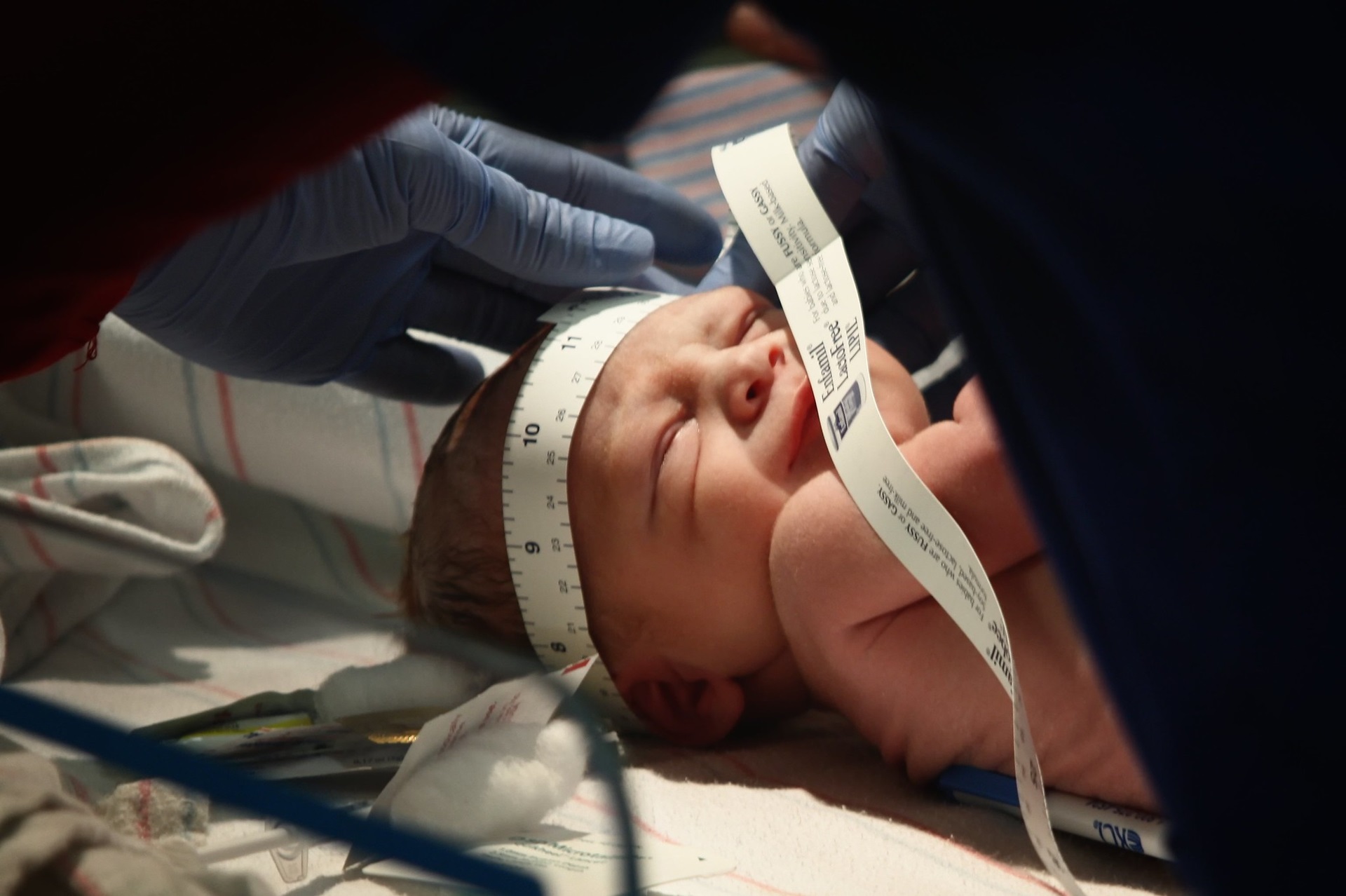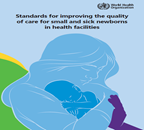Congenital conditions
Congenital conditions can be defined as structural or functional anomalies that occur during intrauterine life and may be detected before birth, at birth or in some cases only in later infancy. They vary in severity and may or may not affect life expectancy.
Of the 5 million children under-5 years who died in 2020, approximately 400,000 died from congenital conditions, representing nearly 8% of total under-5 deaths globally. A large proportion of children with congenital conditions (over 90%) are born in low- and middle-income countries.
A small proportion of these conditions are genetic i.e. chromosomal abnormalities (e.g. Patau’s Syndrome or trisomy 13). Environmental factors like maternal infections (rubella, Zika), exposure to radiation, certain pollutants, maternal nutritional deficiencies (e.g., iodine, folate), illness (maternal diabetes) or certain drugs (alcohol, phenytoin), also increase the risk. The cause of most birth defects is unknown. Complex genetic and environmental interactions are proposed but these have not yet been clearly elucidated.
A focus on these conditions is important now. The proportion of deaths resulting from congenital conditions is increasing and infectious causes of under-5 mortality are falling. Public health prevention measures (like food fortification) are needed as well as ensuring that systems are in place to detect, treat and provide the long-term care that children born with these conditions may require.

WHO's work
WHO is working on global estimates of congenital conditions, supporting countries with models of care and preparing to develop guidelines in this area.
WHO, together with its partner organisations, is also convening annual training programmes on the surveillance and public health prevention of birth defects.
Recognizing the importance of reducing the burden of congenital conditions, the World Health Assembly adopted a resolution in 2010 urging Member States to take steps in prioritizing the prevention, detection and care of these conditions.
Related resources
A wide range of causes of congenital anomalies means that a portfolio of prevention approaches is needed including prevention of sexually transmitted infections,...
A wide range of causes of congenital anomalies means that a portfolio of prevention approaches is needed including prevention of sexually transmitted infections,...

Standards for improving the quality of care for small and sick newborns in health facilities
The standards for the care of small and sick newborns in health facilities define, standardize and mainstream inpatient care of small and sick newborns,...
Guideline: optimal serum and red blood cell folate concentrations in women of reproductive age for prevention...
This guideline provides global, evidence-informed recommendations on blood folate concentrations in women of reproductive age for the prevention of neural...
This guideline aims to improve the quality of essential, routine postnatal care for women and newborns with the ultimate goal of improving maternal and...
